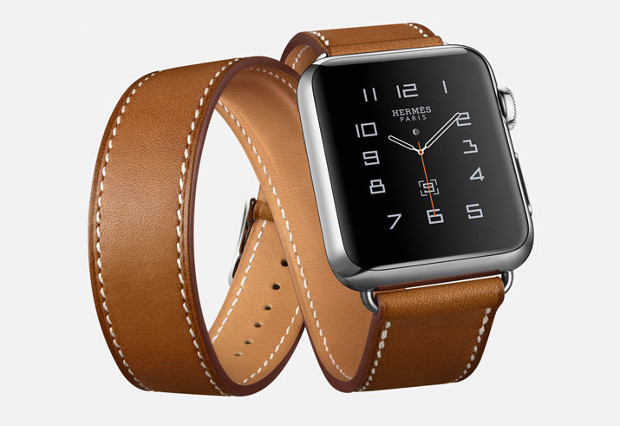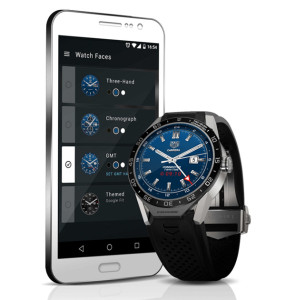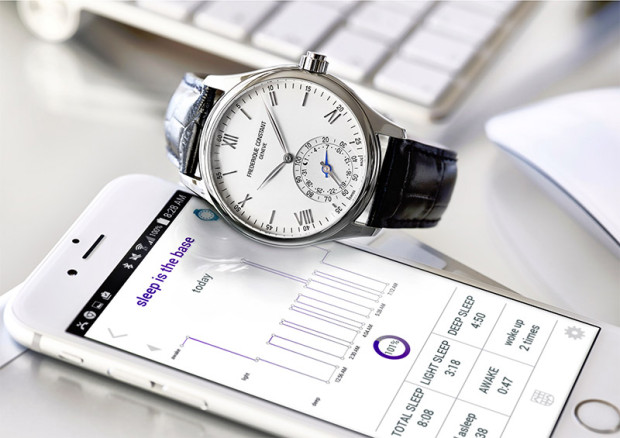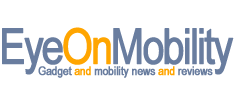 2015 was a breakout year for wearables. While final numbers are not in yet, IDC predicts that about 80 million wearables will ship before the end of the year. While smartwatches and fitness trackers dominate, other wearables include clothing that can measure your heart rate and breathing volume (like Hexoskin’s Smart Shirts) or display messages (like MeU’s interactive clothing). While wearable technology is weaving its way into fashion, it remains a very small portion of that market.
2015 was a breakout year for wearables. While final numbers are not in yet, IDC predicts that about 80 million wearables will ship before the end of the year. While smartwatches and fitness trackers dominate, other wearables include clothing that can measure your heart rate and breathing volume (like Hexoskin’s Smart Shirts) or display messages (like MeU’s interactive clothing). While wearable technology is weaving its way into fashion, it remains a very small portion of that market.
NPD estimates that wearables accounted for 1% of the entire fashion market. While this may not be a lot, Marshal Cohen, chief industry analyst at NPD Group, expects that “there will be a lot more traction” in 2016 and 2017. 2015 was a year where fashion played “catch up” as consumers began to see the benefits of such wearable technologies.

Fashion houses are starting to push into this nascent market. Apple partnered with Hermès on the Apple Watch Hermès, watch companies such as Tag Heuer and Frédérique Constant launched their first smartwatches, the Tag Heuer Connected Watch and the Frédérique Constant Horological Smartwatch respectively. Other brands include Fossil and Ralph Lauren to name but two.

Other brands are more cautious. Caeden’s co-founder David Watkins believes that the nascent wearables space is “figuring itself out.” Technology costs are also a challenge. “I am starting to work on wearable technology but we don’t have resources for that as of yet,” explained Timo Weiland womenswear designer Donna Kang.
While we can expect to see more wearable technology make its way into the world of fashion, it remains to be seen how it will sway people to choose to wear a particular item every day.
Source : Mashable
